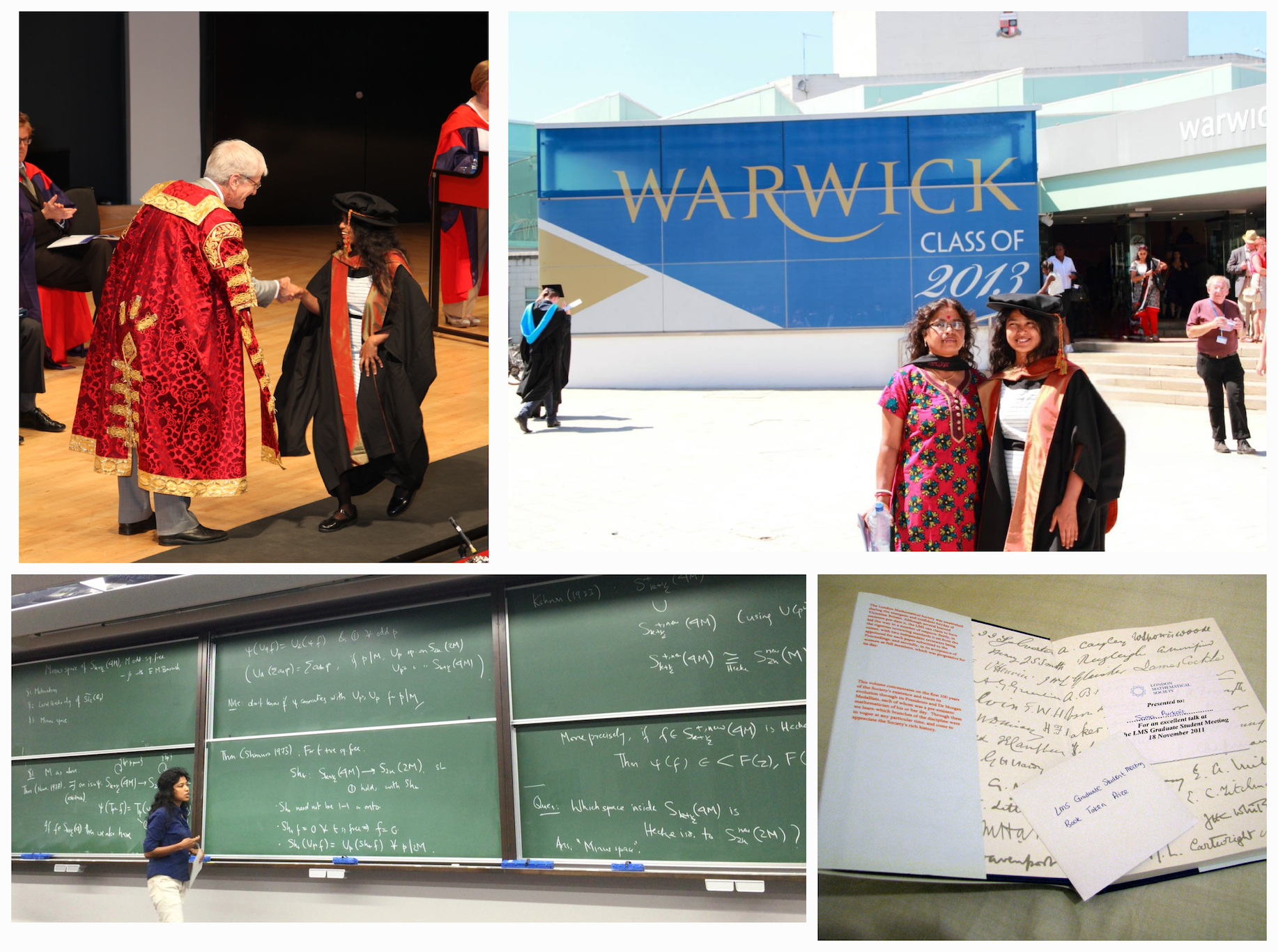Mathematics—A Truly Universal Language Part 1
Konnichiwa! I come from India, a country of more than a billion people, where over 700 languages are spoken and more than 60 scripts are written! The diversity is not just limited to its rich culture but also extends to its flora and fauna, bounded by the Himalayas in the North and the Indian Ocean in the South.
Growing up in India, particularly in a lower-middle-class family in Delhi—as was my experience—one is often thrust into a sea of chaos and competition. The famous (or rather infamous) Indian traffic is one such manifestation! In hindsight, however, I am thankful as this helped me develop adaptability and resilience.
Financial struggles were a constant reality but opened up opportunities. My father had to quit his senior school and take up financial responsibilities. My mother, denied a bachelor’s degree due to societal norms, significantly supported household finances by taking up an elementary school teaching job for a few years, leveraging her English-speaking skills. After a relocation, she transitioned to giving private tuitions at home, with me, still in primary school, as her assistant. This environment of teaching, learning, and financial management shaped my upbringing.
School education in India, unfortunately, used to be mostly rote-learning. Mathematics and Science were exceptions, making them the most  enjoyable! In my middle school, I got to learn about Omar Khayyam, a Persian poet and mathematician. At that time, I had no idea what connects mathematics and poetry, but much later in my life I came to also know about Sanskrit poet Pingala, and how he discovered Fibonacci numbers around 1,000 years before Fibonacci, through Sanskrit poetry! Simply put, Sanskrit poetry uses two types of syllables—short and long. To create rules for poetry, Pingala studied arrangements of these two types of syllables in different patterns, and one of them is the same as Fibonacci numbers!
enjoyable! In my middle school, I got to learn about Omar Khayyam, a Persian poet and mathematician. At that time, I had no idea what connects mathematics and poetry, but much later in my life I came to also know about Sanskrit poet Pingala, and how he discovered Fibonacci numbers around 1,000 years before Fibonacci, through Sanskrit poetry! Simply put, Sanskrit poetry uses two types of syllables—short and long. To create rules for poetry, Pingala studied arrangements of these two types of syllables in different patterns, and one of them is the same as Fibonacci numbers!
Isn’t it fascinating how poetry led to discovering a numerical pattern? But that’s only a part of history that we know. In reality, who knows, in what context, how many times, the patterns of the nature are rediscovered again and again!
While in high school, I worked part-time teaching Mathematics and Science, and I absolutely loved it! It was great sharing the knowledge and excitement with others. In India, if you scored well, it was almost a given (at least it used to be) that you would aim for either engineering or medical school—just like nearly all the students in my class did. However, due to my family’s financial situation, neither path was feasible, so I opted for a Bachelor’s Honors in Mathematics, my favorite subject. In India, mathematics is considered an ‘evergreen’ field— not only for its fundamentals but also for its employability.

Continued in Part 2
*The information in this article is as of the time it was written, and may have changed since.
著者略歴
東京科学大学 理学院 特任准教授

